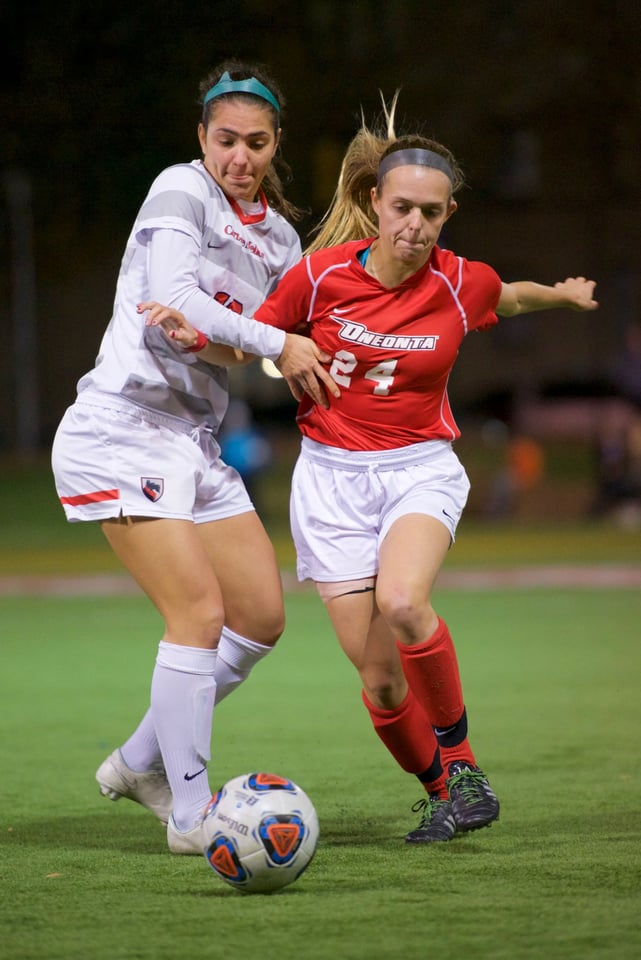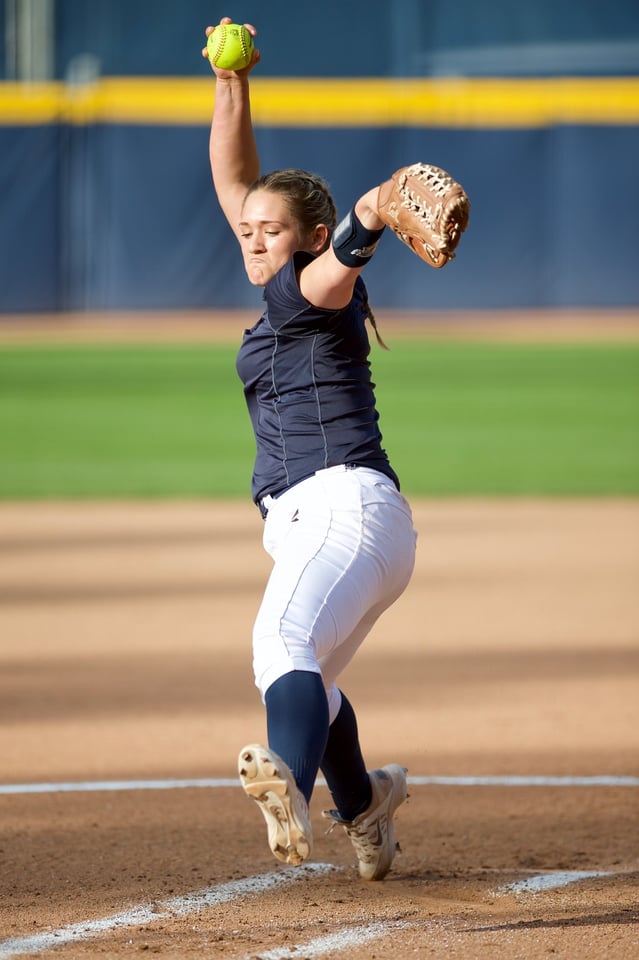Getting Started With Sports Photography
البدء بالتصوير الرياضي
بقلم مات نيلسن 60 تعليقًا
تم التحديث الأخير في 11 فبراير 2018
هذا المنشور هو الأول من سلسلة مكونة من ثلاثة أجزاء مخصصة لتدريس التصوير الفوتوغرافي الرياضي على جميع مستويات الكفاءة. سأغطي في الجزء الأول الأساسيات للمصورين المبتدئين. سيركز الجزء الثاني على اكتساب الكفاءة لأولئك الذين أتقنوا الأساسيات. سيتم توجيه الجزء الأخير نحو الهواة الجادين الذين يتطلعون إلى بناء محفظة.
BY MATT NIELSEN 60 COMMENTS
LAST UPDATED ON FEBRUARY 11, 2018
This post is the first of a three-part series dedicated to teaching sports photography at all levels of competency. In part one I will cover the basics for photographers who are just getting started. Part two will focus on gaining competency for those who have mastered the basics. The final part will be geared towards serious amateurs looking to build a portfolio.
 NIKON D3300 @ 200mm, ISO 3200, 1/640, f/5.6
NIKON D3300 @ 200mm, ISO 3200, 1/640, f/5.6
البدء بالتصوير الرياضي
بقلم مات نيلسن 60 تعليقًا
تم التحديث الأخير في 11 فبراير 2018
هذا المنشور هو الأول من سلسلة مكونة من ثلاثة أجزاء مخصصة لتدريس التصوير الفوتوغرافي الرياضي على جميع مستويات الكفاءة. سأغطي في الجزء الأول الأساسيات للمصورين المبتدئين. سيركز الجزء الثاني على اكتساب الكفاءة لأولئك الذين أتقنوا الأساسيات. سيتم توجيه الجزء الأخير نحو الهواة الجادين الذين يتطلعون إلى بناء محفظة.
BY MATT NIELSEN 60 COMMENTS
LAST UPDATED ON FEBRUARY 11, 2018
This post is the first of a three-part series dedicated to teaching sports photography at all levels of competency. In part one I will cover the basics for photographers who are just getting started. Part two will focus on gaining competency for those who have mastered the basics. The final part will be geared towards serious amateurs looking to build a portfolio.
 NIKON D3300 @ 200mm, ISO 3200, 1/640, f/5.6
NIKON D3300 @ 200mm, ISO 3200, 1/640, f/5.6







تعليق